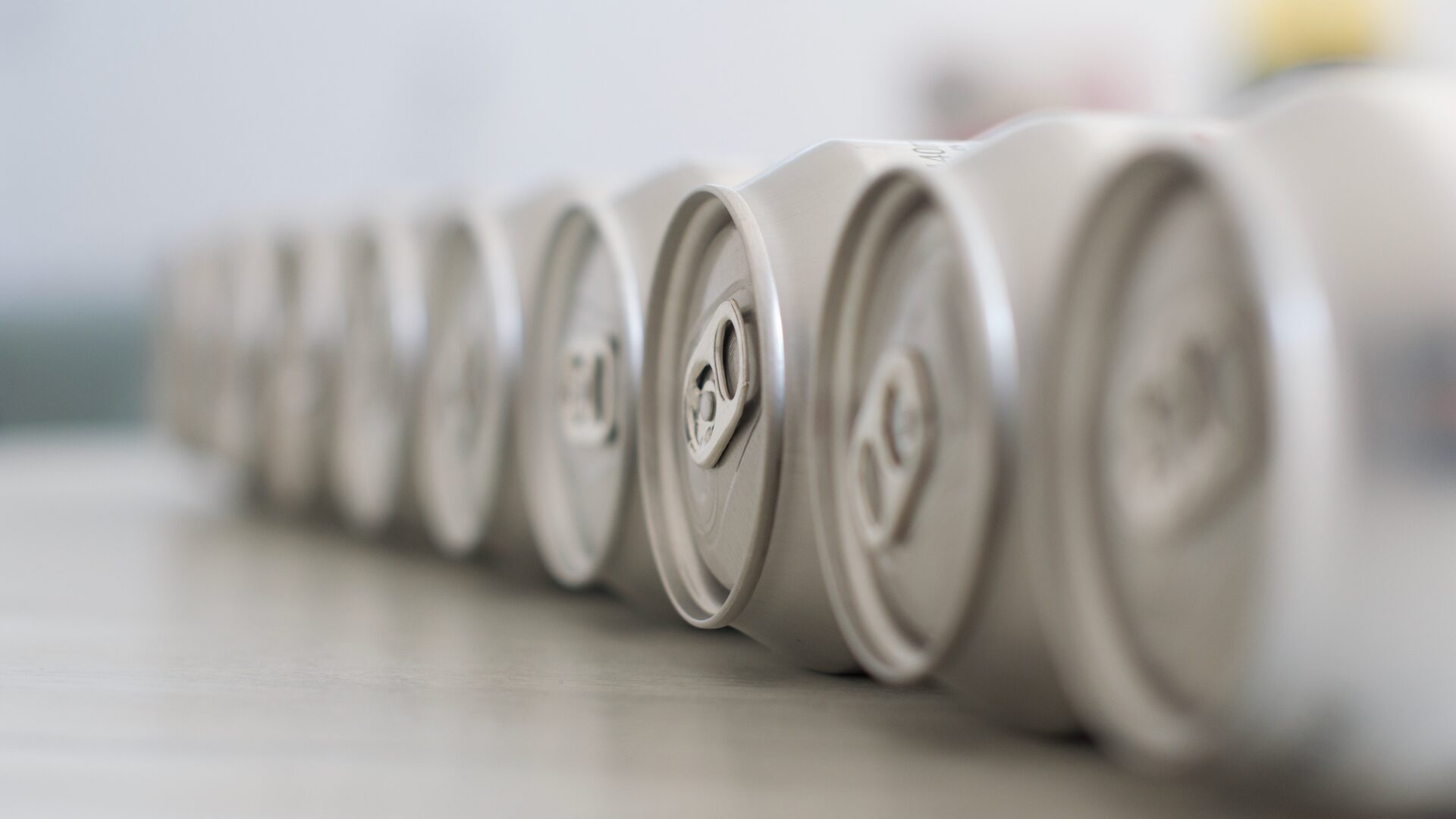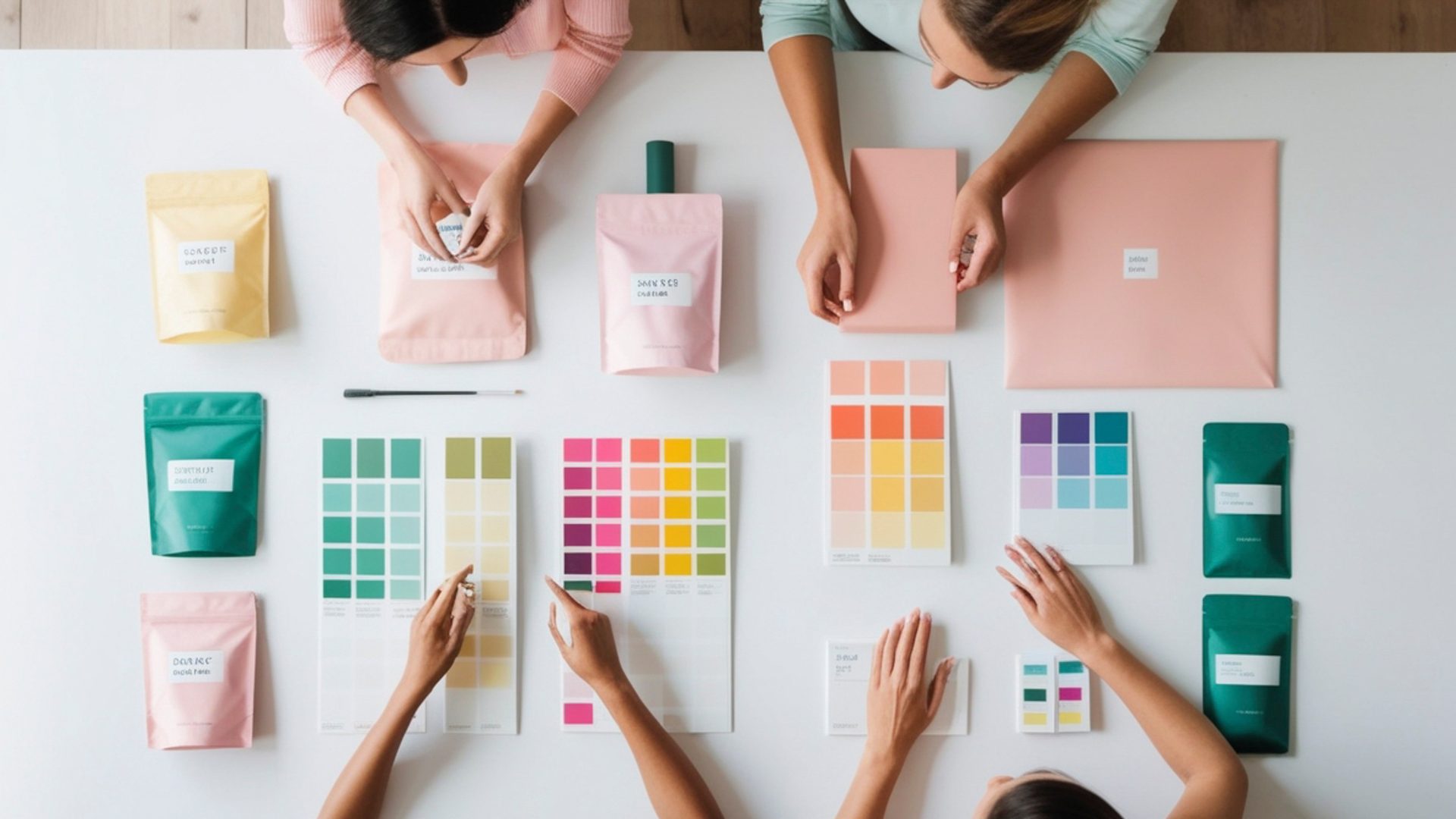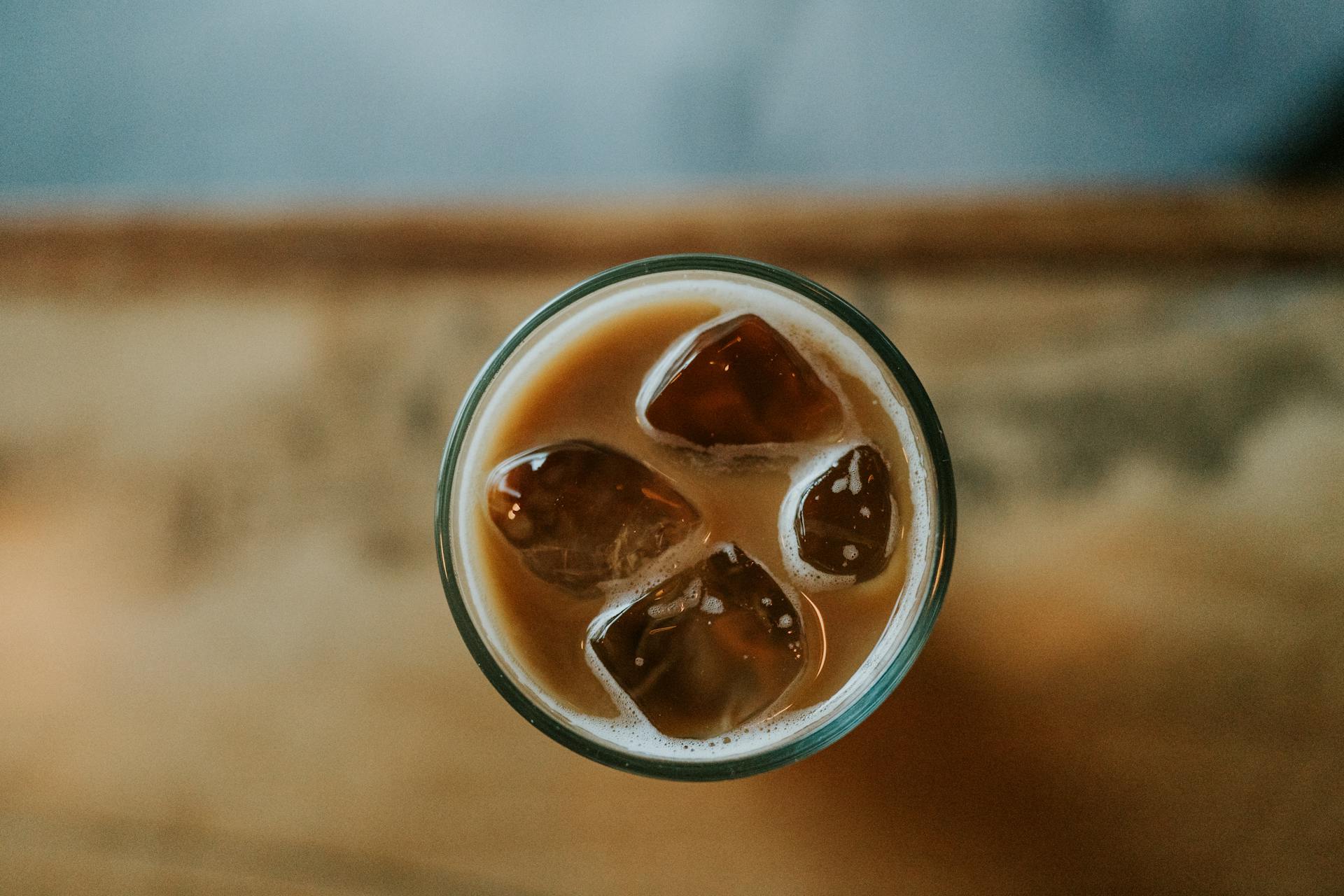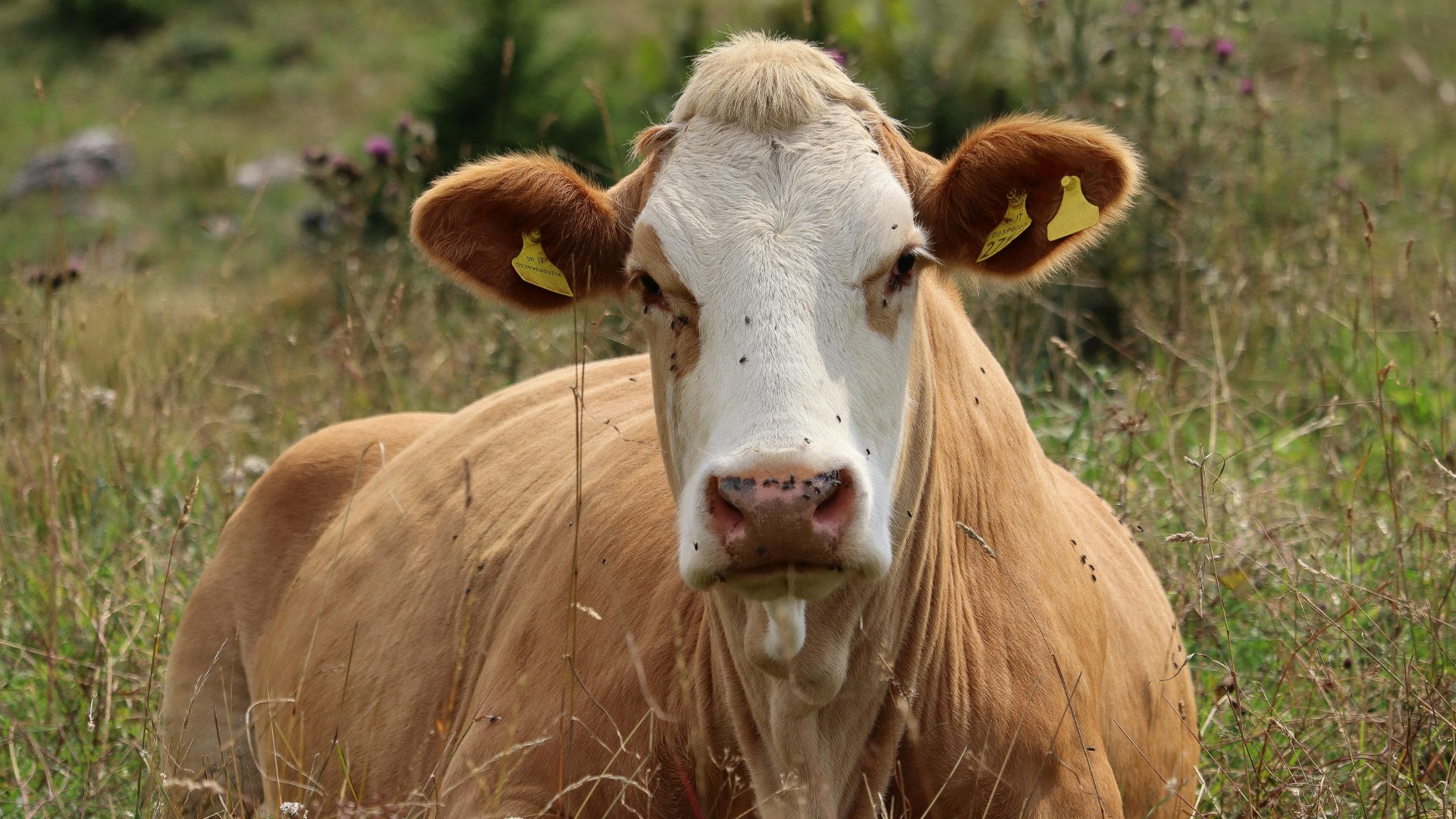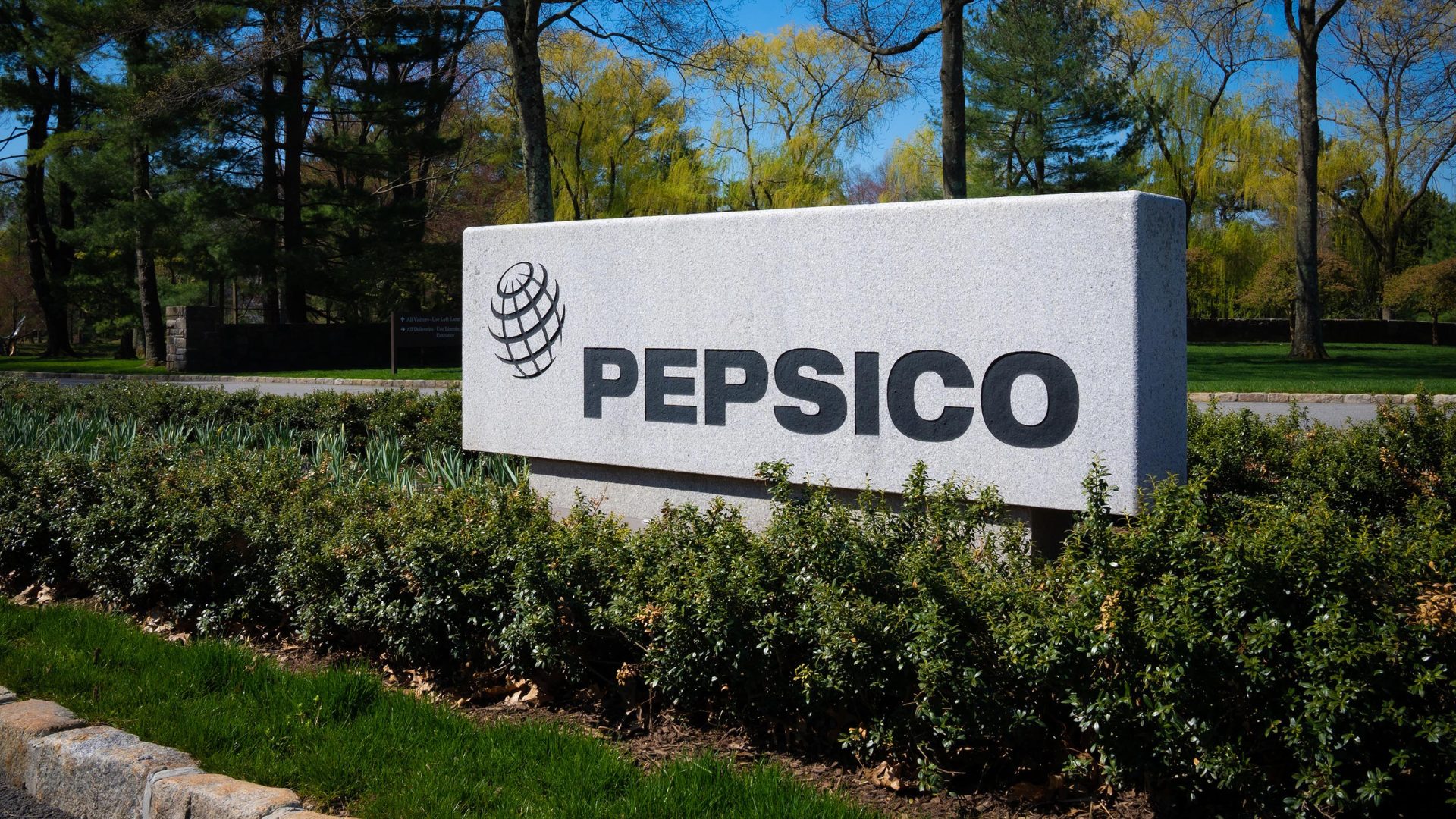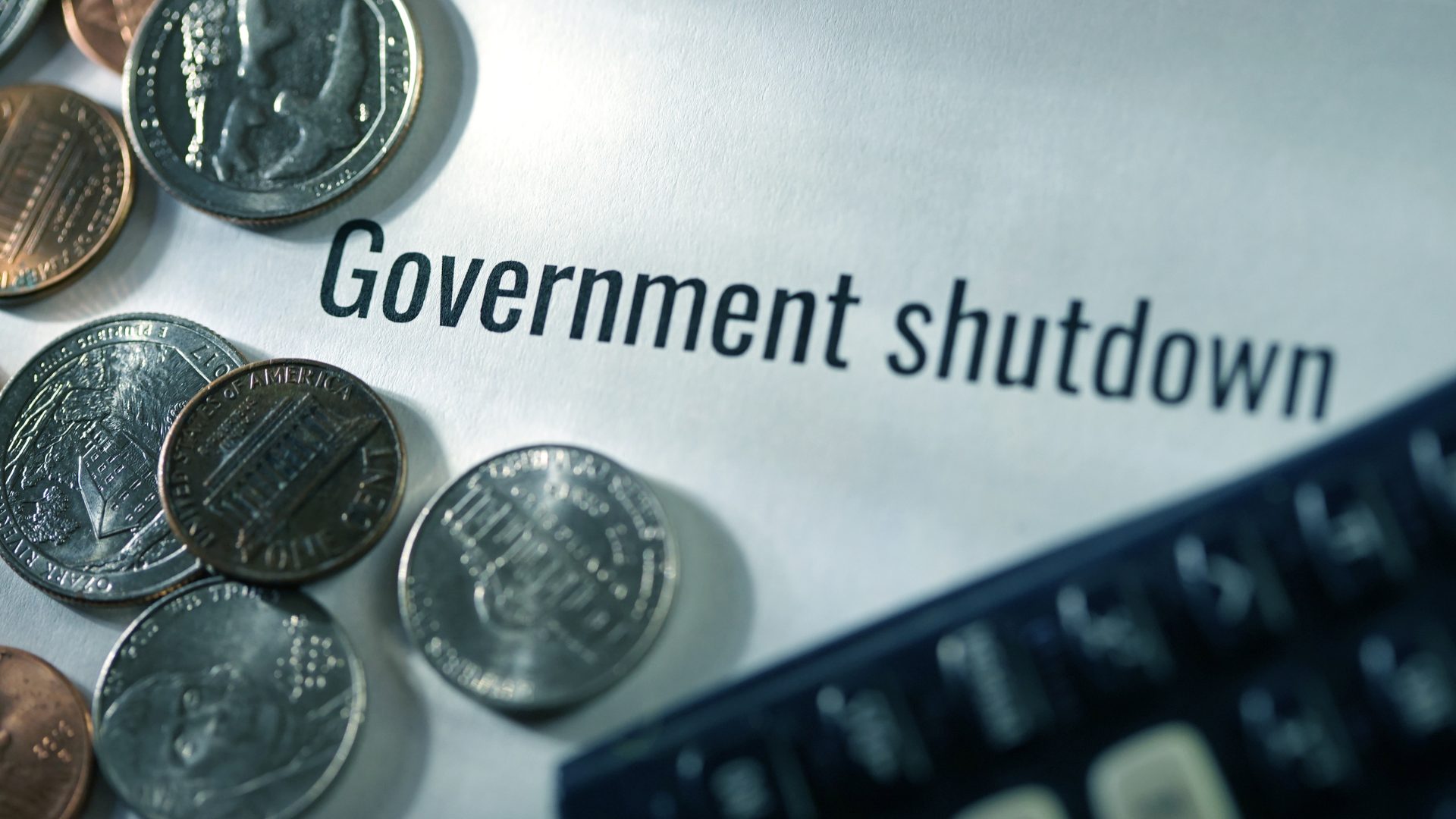Fifty percent levies on steel and aluminum, the centerpiece of President Trump’s trade war, won’t just show up in new cars and trucks: Experts say they likely will raise the price of canned foods and beverages, as well as most other comestibles, whether imported or not.
“Food and beverage prices are expected to rise across most categories as a result of newly imposed tariffs and ongoing global trade volatility,” said Mark Burstein, senior VP Americas at Inspectorio, a tech company that helps businesses navigate supply chains.
“Increases are anticipated for imported goods such as French wine, Scotch whisky, Australian beef and categories where the U.S. heavily relies on foreign supply – seafood, coffee and fresh produce.”
Grocery Sticker Shock
A recent report from Octus indicated it already was going to be a tough year for CPG companies. The report found a number of public companies reported revenue declines in the first quarter because of destocking by retailers.
The report also noted a shift by consumers away from premium products across all income levels.
Michael Moeller, who founded Kentucky Hop Water earlier this year, said he expects the tariffs to have a serious impact. Right now, the company is using 16-ounce cans.
“This [the tariffs] would sharply increase packaging costs, which are already one of our biggest expenses. That’s true for a lot of breweries and brewery-adjacent brands, too,” he said.
“Larger companies might adjust by shrinking can sizes, switching materials or quietly raising prices, and they’ll be fine in the short term. But for a small brand like mine, the pressure hits right away, and consumers will feel it faster,” Moeller said.
Food Giants Weigh Price Hikes, Packaging Shifts
The tariffs kicked in June 4, doubling the previous levies, which were imposed across the board March 12. Before then, they varied by country.
President Trump has said he believes the tariffs will spur U.S. production, but many companies say the specialized products they need are not available domestically, at least in the near term.
International sales and marketing consultant Kathryn Read said big companies like Conagra have a couple of options: absorb the hit if they have the cash cushion, or push prices higher and at the same time lean on brand differentiation coupled with a sustainability narrative.
Another option is exploring alternative packaging like plastic or glass. Or there’s the old standby: shrinkflation.
“Companies like Conagra and Campbell’s rely on tin-plated steel and aluminum for packaging, making them especially vulnerable to input cost increases of this scale,” said Sid Malladi , CEO of Nuvo, a B2B platform.
“The challenge for packaged food manufacturers is twofold: price volatility in already-tight global metal markets, and compressed margins in a price-sensitive consumer environment,” he added.
“In the short term, companies may attempt to hedge raw material costs or improve operational efficiency. Over time, the pressure is likely to translate into higher shelf prices, smaller package sizes (shrinkflation), or fewer promotional incentives.”
The Food Institute Podcast
Just how difficult is it to scale a better-for-you snack company? Rebecca Brady, founder and CEO of Top Seedz, shares how she turned a homegrown idea into a rapidly scaling snack brand and breaks down the strategy behind her growth, from bootstrapping production to landing national retail partnerships.


